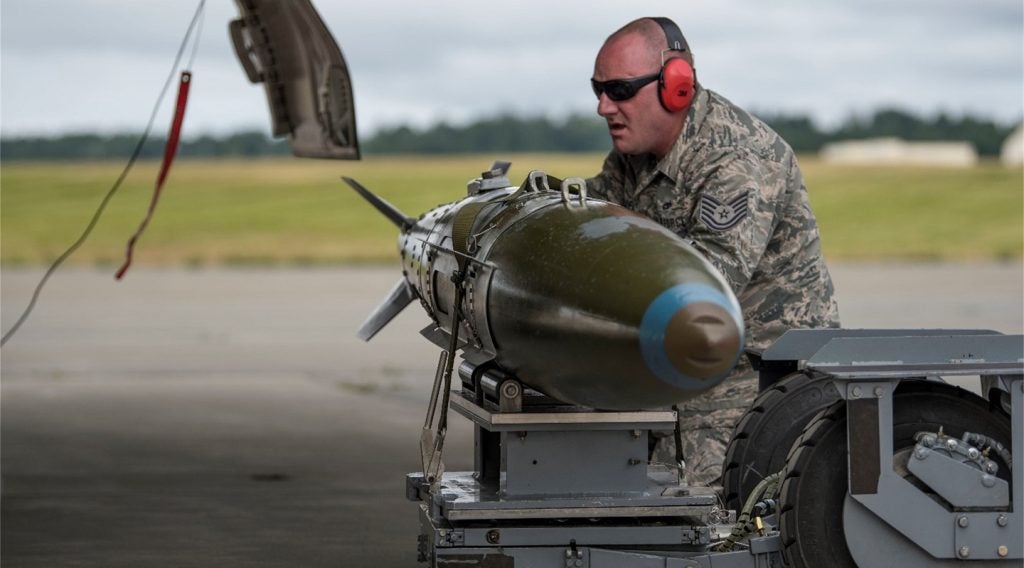The US Defense Advanced Research Projects Agency (DARPA) has selected Northrop Grumman to develop advanced wideband digital antenna technology for next generation radio frequency sensors using active electronically scanned arrays (AESAs).
The $11.9m contract with the DARPA microsystems technology office requires Northrop Grumman to work on the first phase of the arrays on a commercial timescales (ACT) programme.
Under the ACT programme, key technologies will be developed for next-generation AESAs by designing a reusable digital common module that contains the required integrated circuits.
Northrop Grumman electronic systems sector director of advanced technology William Phillips said: "Our wideband digital common module design is a breakthrough in AESA capability, enabled by the application of commercial system-on-chip technology with integrated high-speed data converters that enable direct RF sampling.
"The reusable common module provides the key building block that will make digital AESA technology affordable for a wide variety of applications."
Semtech and Systems & Technology Research will serve as Northrop Grumman’s subcontractors on the project.
How well do you really know your competitors?
Access the most comprehensive Company Profiles on the market, powered by GlobalData. Save hours of research. Gain competitive edge.

Thank you!
Your download email will arrive shortly
Not ready to buy yet? Download a free sample
We are confident about the unique quality of our Company Profiles. However, we want you to make the most beneficial decision for your business, so we offer a free sample that you can download by submitting the below form
By GlobalDataSemtech chief systems architect Craig Hornbuckle said: "Our disruptive ultra high-speed analogue-to-digital and digital-to-analogue converter technology will help revolutionise phased array technology.
"With an input bandwidth extending through K-band, these data converters enable increased flexibility and functionality, reduced power and enhanced performance over traditional architectures, supporting next-generation radar, electronic warfare and satellite communications applications."
Prior to the new contract, Northrop Grumman has developed and designed AESAs for several other programmes, some of which include the F-16, F-22 and F-35 airborne radars, the AN/TPS-80 G/ATOR ground/air task oriented radar and the AN/ASQ-236 radar surveillance pod.







